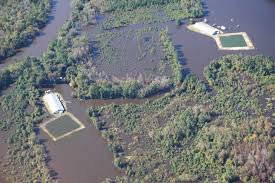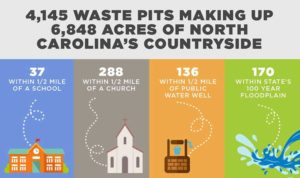Even on the shores of pristine Lake Superior, the largest freshwater lake on the planet, holding the world’s 2nd-most volume of fresh surface water, the impact of agricultural runoff is profoundly felt.
In this excellent though slightly dated piece from Farms Not Factories, it is clear that farm runoff was a concern even six years ago. Just a few weeks ago, the problem of pollution from runoff ran afoul once again.
Ashland, Wisconsin storm yields sewage runoff. (Article headline only) Importantly, though in this case the city is being held responsible as the contributor, it is commonly accepted that agriculture is the primary source. As of this writing, there is no tally on how much farm runoff resulted from this storm.
Interestingly, within comprehensive studies on based not on runoff, but on climate change — such as this excellent study completed for Ashland-based Northland College in April 2019 — the profound impact of agricultural appears. Here it is the mention of the mounting frequency of heavy rains which particularly in spring wash tons of animal manure into lakes and streams. And in Ashland, most notably Chequamegon Bay is the unfortunate final destination. From the study:
• Existing records do indicate that heavy rain events have become more frequent in the Chequamegon Bay Ares (CBA).
• Most models and experts agree that heavy rain events will continue to increase in frequency and strength.

This is not good news for the shallow bay, which is a treasured source of recreation and sport fishing for residents and the tourists who contribute mightily to the economy of this area.




